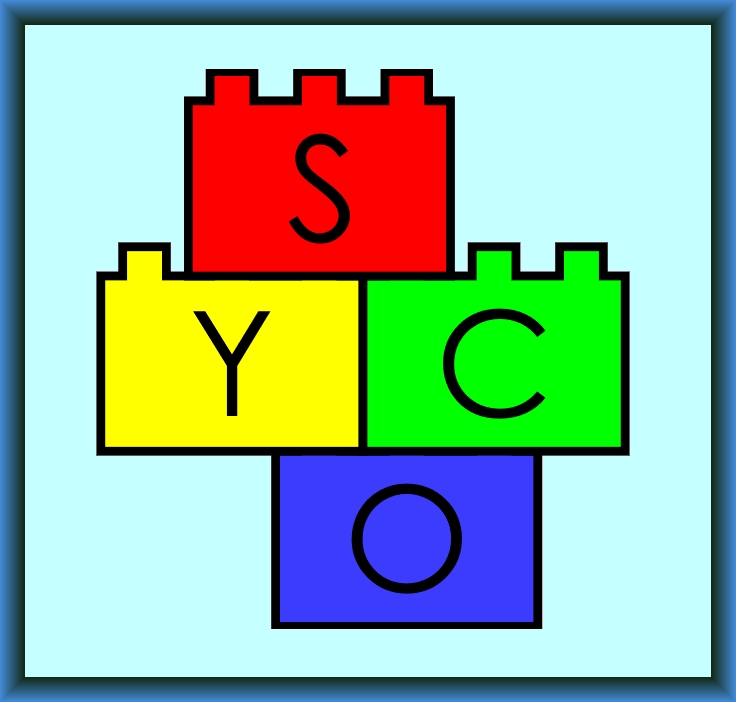January 28, 2019
Symposium on Compositional Structures 3
Posted by John Baez
One of the most lively series of conferences on applied category theory is ‘SYCO’: the Symposium on Compositional Structures. And the next one is coming soon!
• Symposium on Compositional Structures 3, University of Oxford, 27-28 March, 2019.
January 27, 2019
On the Magnitude Function of Domains in Euclidean Space, IV: Questions and Examples from a Geometric Analyst’s Perspective (b)
Posted by Simon Willerton
guest post by Heiko Gimperlein and Magnus Goffeng
This fourth and final blog post concludes our discussion of the magnitude function of Euclidean domains. The previous post and this one discuss the following prototypical open problems that connect magnitude to other fields of mathematics:
- Topology: In what sense (i.e. in which topology) is the magnitude function continuous in the Euclidean domain?
- Geometry: Can one “magnitude the shape of a drum”?
- Analysis: Is convexity detected by the poles of the magnitude function?
Below the fold we address the geometry and analysis of magnitude. Topological problems, examples and counterexamples were discussed in our third blog post.
January 25, 2019
Magnitude Workshop, Edinburgh, July 2019
Posted by Tom Leinster
There are always many reasons to visit Edinburgh, especially in the summer (with the world’s largest arts festival). But there are more reasons than ever this summer: not only are we offering Category Theory 2019, but we’re also running a workshop on magnitude. It’s on Thursday 4 and Friday 5 July 2019, which are the two weekdays immediately before the category theory meeting.
Click for incredible full image. Photo by Alfred G. Buckham, c. 1920.
January 23, 2019
On the Magnitude Function of Domains in Euclidean Space, III: Questions and Examples from a Geometric Analyst’s Perspective (a)
Posted by Simon Willerton
guest post by Heiko Gimperlein and Magnus Goffeng
In this third in a series of blog posts on the magnitude function of Euclidean domains, we shall state from a more general perspective and discuss some new problems that we think might lead to a better understanding of magnitude. The starting point for these problems is in the analogy that our work draws between magnitudes and geometric analysis, an analogy we briefly explained in our first and second blogposts.
While working on magnitudes several questions arose that we have not been able to answer (yet). As they might lead to interesting connections between magnitudes and other fields of mathematics, we hope that they could be of interest to the readers of this blog. The questions come in three different flavors: topological continuity properties, geometric content and (particularly non-asymptotic) analytic results. We list some prototypical problems:
- Topological: In what sense (i.e. in which topology) is the magnitude function continuous in the Euclidean domain?
- Geometric: Can one “magnitude the shape of a drum”?
- Analytic: Is convexity detected by the poles of the magnitude function?
Below you find out more about topological problems, examples and counterexamples. A forthcoming post looks into the geometry and analysis of magnitude.
January 21, 2019
The Passing of Michael Atiyah and Andrew Ranicki
Posted by Simon Willerton
guest post by Bruce Bartlett
Michael Atiyah, the celebrated geometer, passed away on Friday 11 January. He was 89 years old. He achieved mathematical fame for the Index Theorem which he proved with Isadore Singer in 1963, his work with Hirzebruch on K-theory, the “Woods Hole” fixed point theorem with Raoul Bott, his classic paper “The Yang-Mills equations over Riemann surfaces” also with Bott, and many other things. He famously also “poached” Edward Witten from theoretical physics into mathematics, and the subjects have never been the same since.
January 5, 2019
Applied Category Theory 2019 School
Posted by John Baez
Dear scientists, mathematicians, linguists, philosophers, and hackers:
We are writing to let you know about a fantastic opportunity to learn about the emerging interdisciplinary field of applied category theory from some of its leading researchers at the ACT2019 School. It will begin February 18, 2019 and culminate in a meeting in Oxford, July 22–26. Applications are due January 30th; see below for details.
Applied category theory is a topic of interest for a growing community of researchers, interested in studying systems of all sorts using category-theoretic tools. These systems are found in the natural sciences and social sciences, as well as in computer science, linguistics, and engineering. The background and experience of our community’s members is as varied as the systems being studied.
The goal of the ACT2019 School is to help grow this community by pairing ambitious young researchers together with established researchers in order to work on questions, problems, and conjectures in applied category theory.
 Posts with this logo use
Posts with this logo use 
















